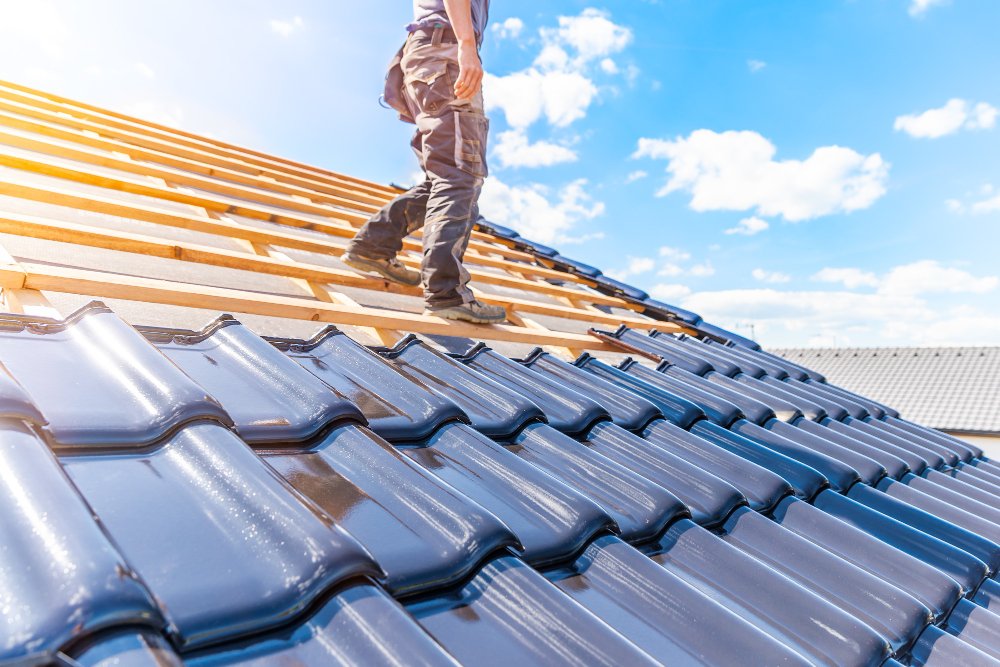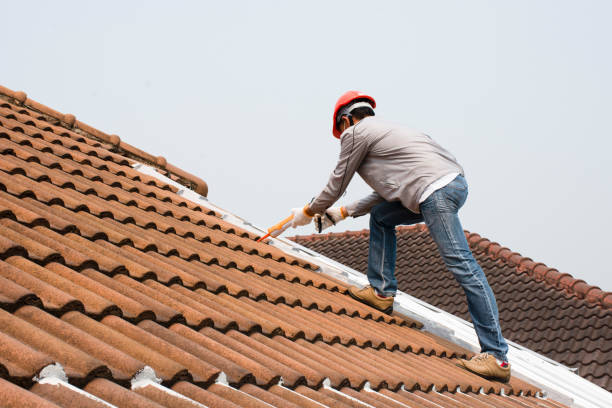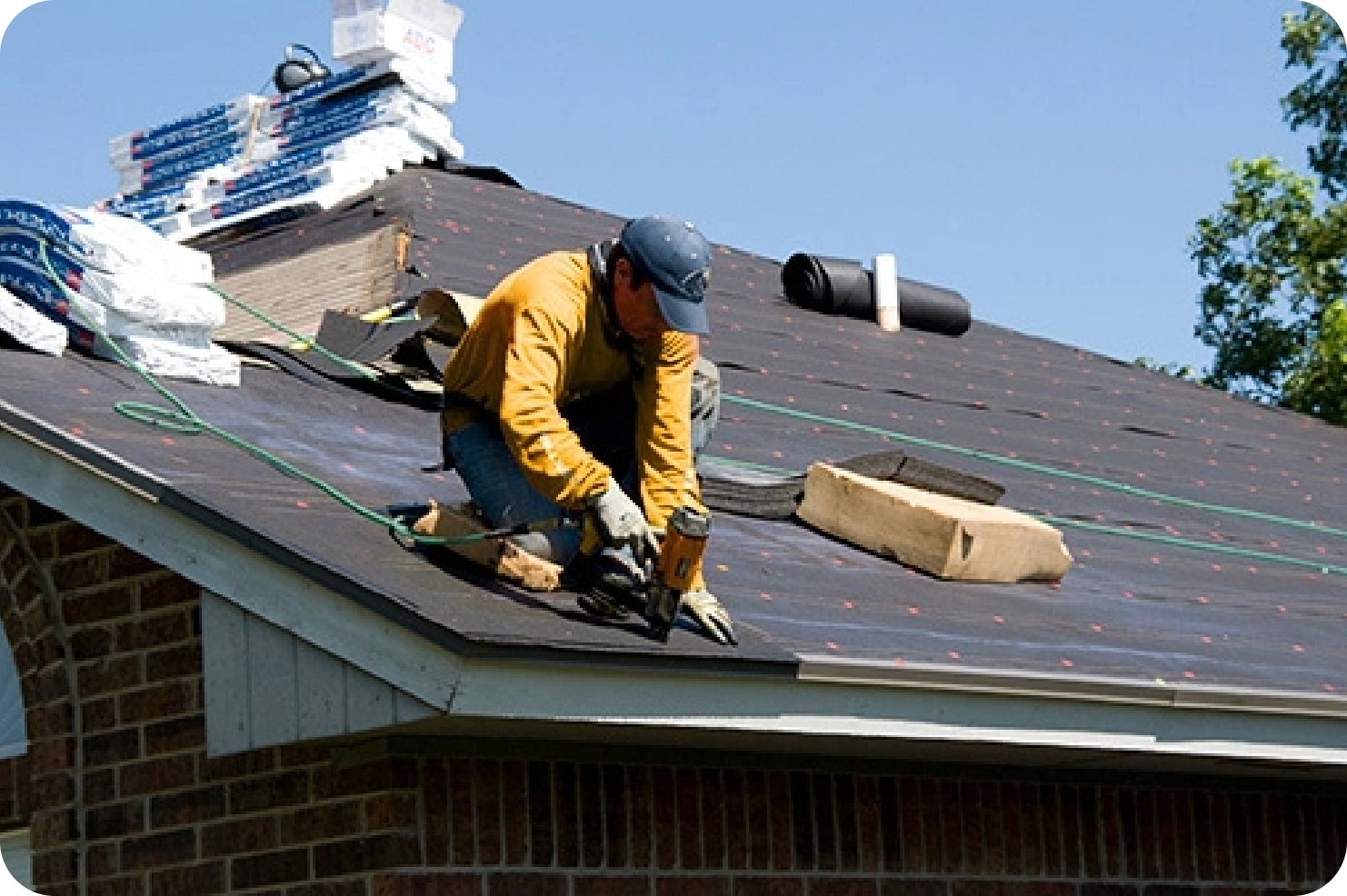How to Examine Different Roofing Options for Your Building Demands
Assessing roof choices for your structure requires a comprehensive technique that considers various variables such as the meant usage of the framework, regional climate conditions, and material attributes - Roofer. It is vital to weigh the benefits and disadvantages of various roofing kinds, from asphalt roof shingles to steel and clay floor tiles, while likewise factoring in preliminary costs and long-term upkeep.
Assessing Your Structure's Demands
To effectively review roof alternatives, begin by thoroughly analyzing your building's requirements. Beginning by considering the structure's intended usage, as various frameworks may necessitate differing roofing specifications. For example, household roofs often prioritize appearances and insulation, while commercial structures may concentrate on sturdiness and load-bearing capacity.
Following, assess the local climate problems that will impact roof efficiency. Aspects such as temperature level fluctuations, precipitation levels, and wind patterns can influence material option and style. A roof that stands out in a warm environment might not do as well in locations susceptible to hefty snowfall or severe heat.
Furthermore, evaluate the structural stability of your building. Make certain that the existing structure can support the chosen roof products, specifically if taking into consideration heavier alternatives. It is additionally critical to review any local building codes or laws that may dictate certain requirements for roofing systems.

Comparing Roof Covering Materials
Once a comprehensive evaluation of your building's demands has actually been finished, the next step involves contrasting numerous roof materials. Each material provides unique benefits and downsides, making it necessary to straighten your choice with your details requirements and circumstances.
Asphalt tiles are commonly identified for their affordability and simplicity of installation, making them a preferred choice for domestic buildings. On the various other hand, metal roof covering, understood for its longevity and long life, can endure extreme climate condition yet might come with a higher preliminary investment.
Clay and concrete ceramic tiles give outstanding thermal insulation and aesthetic appeal, particularly for Mediterranean-style style, yet they call for an even more robust architectural support as a result of their weight. Timber trembles offer an all-natural appearance and good insulation homes but may require more maintenance and are prone to fire dangers.
Evaluating Price and Budget Plan
Examining your roof alternatives demands a mindful examination of expense and budget plan factors to consider. The total spending plan for a roof covering job consists of numerous variables, consisting of product expenses, labor expenses, maintenance, and possible lasting financial savings. It is vital to establish a clear budget before exploring details roof products, as this will assist the decision-making procedure and assist you prevent overspending.
Begin by getting quotes from multiple professionals to see here now recognize labor expenses in your area. Make sure that these estimates include all required solutions, such as elimination of the old roof, click to investigate installation, and any type of additional features, like insulation or air flow renovations - Toledo Roofer. Next, evaluate the cost of different roof materials, taking into consideration both preliminary installment expenses and expected life-span

Recognizing Power Efficiency
Energy efficiency plays an essential function in the choice of roof materials and systems, significantly influencing both energy usage and general convenience within a building. A well-chosen roofing can enhance thermal efficiency, lowering the requirement for home heating and cooling systems, which subsequently reduces energy costs and reduces environmental influence.
When examining roof options, consider materials that show instead of take in heat. Light or reflective roof items can substantially decrease roofing system surface area temperatures, bring about reduced energy use during hot months. Furthermore, correct insulation and ventilation are important to maximize the power performance of the entire roof covering system. Insulation avoids warmth transfer, while ventilation minimizes heat buildup in the attic area.
One more vital variable is the roof's long life and maintenance demands. Durable products that need much less constant replacement contribute to lasting power financial savings. In addition, the energy effectiveness of a roof system can also be examined through its conformity with well-known sustainability rankings such as power STAR or LEED.
Considering Visual Charm
A roofing system's aesthetic allure considerably influences the general look of a structure, enhancing its building design and boosting curb appeal. Toledo Roofer. When evaluating roof covering choices, it is vital to think about how the selected material, shade, and design will certainly harmonize with the existing framework and neighborhood. A properly designed roofing can raise even the simplest of structures, changing them into visual click for more info focal factors
Different roofing materials provide different visual top qualities. Traditional shingles may stimulate a traditional beauty, while steel roofing can pass on a modern, smooth look. Furthermore, the color of the roof product plays an important function; lighter tones can make a structure show up more large, while darker tones may create a cozier setting.
Additionally, architectural elements, such as dormers and eaves, can boost the roof covering's visual influence. It is a good idea to seek advice from professional developers or architects to ensure the picked roof choice straightens with the overall design intent. Inevitably, a roof covering must not just supply useful advantages but additionally add favorably to the building's aesthetic, showing the owner's taste and the personality of the surrounding atmosphere.
Final thought
